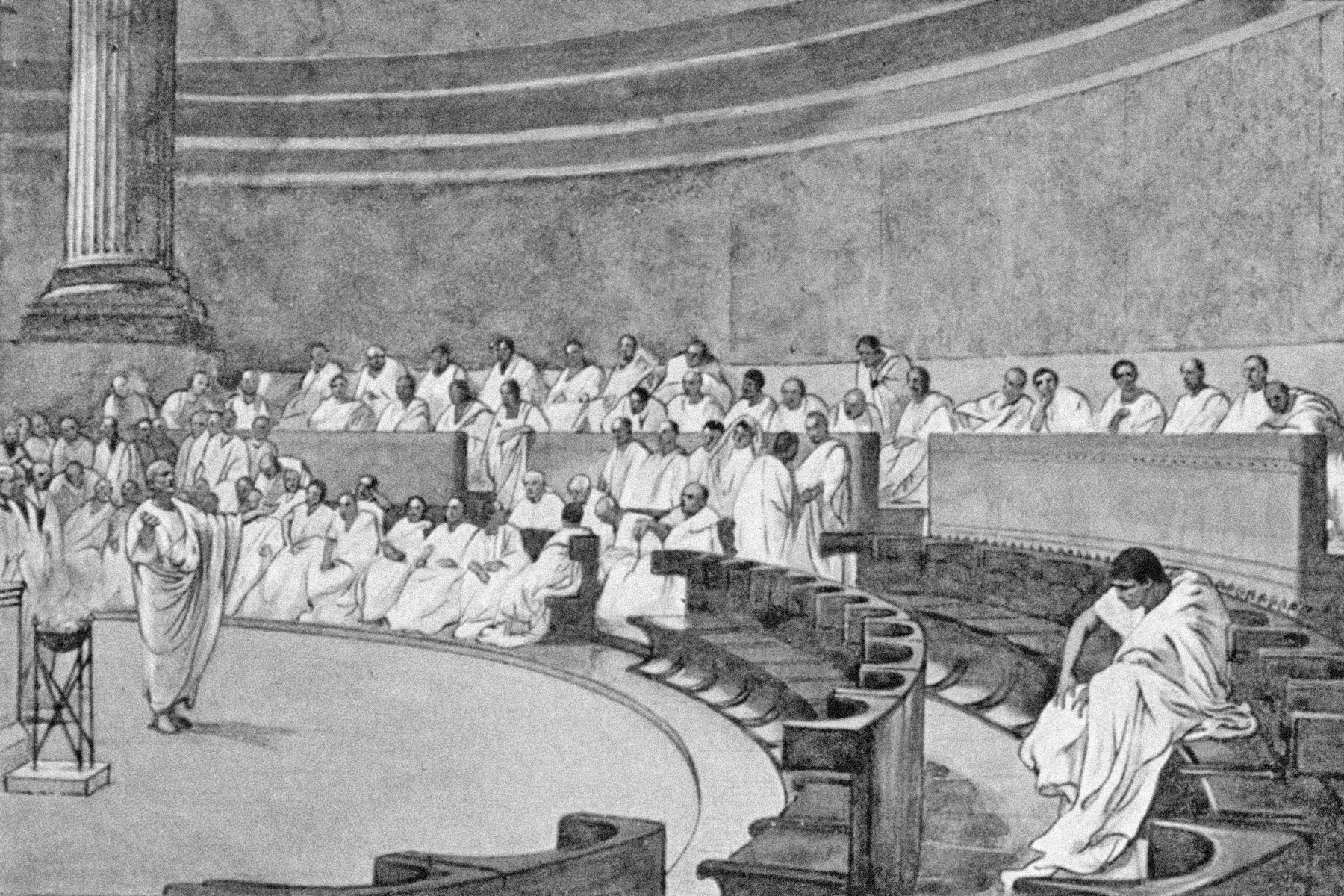| I f there's one thing ancient Rome is known for, it's victory. First as a republic and then as an empire, Rome ruled the Mediterranean thanks to an impressive military winning streak. Centuries of overwhelming victories (with a few notable losses in the mix) eventually stretched Rome's reach from the British Isles to the Middle East. Romans often marked these achievements with celebrations festooned with fronds from a date palm (Phoenix dactylifera). In fact, the palm trees (which, fun fact, are not actually trees) were so closely associated with victory, the Latin word "palma" is essentially a metonym for the word "victory." In the Roman Republic (509 BCE to 27 BCE), victorious military leaders wore tunics known as "tunica palmata" during triumphs (massive military parades). Palms weren't only a martial symbol; they were also given to victorious athletes, and Roman lawyers were known to affix palm fronds to their front doors when they won a case in the forum. |
|
| Historical evidence suggests palms were first associated with athletic victory in ancient Greece, and became incorporated into Roman culture around 293 BCE. Palms can be spotted in a variety of Roman art, pottery, and coinage, and were also an early symbol of Christianity, which originally developed within Rome's borders. Similar to its association with victory, the plant was an emblem for martyrdom, which was perceived as victory over sin and death in the early Christian faith. In fact, some 2,000 years later, the religion still celebrates Palm Sunday to mark Jesus' entry into Jerusalem days before his crucifixion, viewed by some as the ultimate victory over death. |













No comments:
Post a Comment